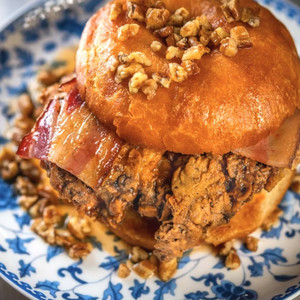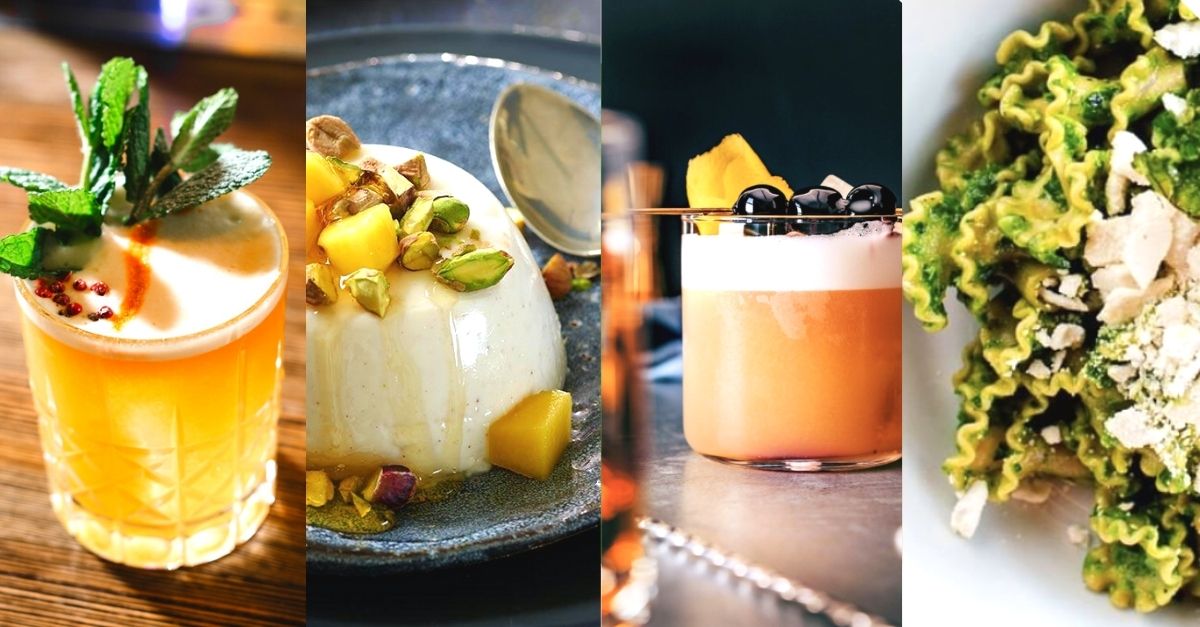The overall trend of trying to support healthy living through food and drinks continues in 2021, but this year, there’s even more emphasis on building long-term wellness. Instead of just looking for low-calorie snacks to replace junk food, or swapping alcoholic drinks for booze-free beverages, consumers will likely look for more holistically healthy options in 2021.
Subscribe to In-sight to receive articles and reports directly to your inbox, CLICK HERE!
For food and beverage brands, that means paying attention to how foods make people feel physically and mentally, along with their nutritional benefits. In the wake of one of the more difficult years for society, healthy living in 2021 isn’t so much about the numbers people see on a scale as much as it is about trying to protect themselves from illness and feeling good inside and out.
While it’s not necessarily the easiest thing to do, food and drinks increasingly need to support immune systems, mood, energy, and other areas of overall well-being in order to appeal to today’s consumers. At the same time, taste shouldn’t be sacrificed.
Against this backdrop, the following Healthy Lifestyle trends from our 2021 North American flavor forecast will grow in popularity this year:
IMMUNITY BOOSTERS
Consumers increasingly want the food and beverages they consume to be part of their health regimen. In light of the COVID-19 pandemic, that often translates into seeking out items that potentially support immune systems, such as those high in antioxidants. Younger consumers in particular seek out functional ingredients, such as to boost immunity and reduce stress, according to research by Technomic.
As such, citrus fruits, herbs and other natural ingredients that have potential immune system benefits will likely trend in 2021, such as:
● Elderberry: This earthy, tart berry that comes from the European elder tree is loaded with antioxidants. Although the berries can’t be eaten raw like blueberries, they can be cooked and added to everything from cocktails to teas to savory dishes. As one example, Properly Fueled, a quick-service healthy cafe in New Jersey, has used elderberry alongside ingredients like rosehips and hibiscus tea in a drink called the Winter Elixir.
● Ajwain: Also known as carom, ajwain is a spice that originates from India and has anti-inflammatory properties. The spice has a strong, smoky taste, so a little goes a long way when flavoring dishes. In Denver, Spuntino has served a dish called Alce Crudo, which is Rocky Mountain elk tartare, with ajwain seed crisps being one of the accompaniments, as The Denver Post reports.
● Rangpur Lime: Another ingredient hailing from India, rangpur limes have little connection to what you may typically think of as limes. Instead, they are crosses between lemons and mandarin oranges. So, the ingredient can be used to give a unique citrus taste to everything from main courses to cocktails, all while providing a healthy dose of Vitamin C.
PART 1: Top 12 Flavor Trends in North America for 2021
EMBRACING LEGUMES
Another way that consumers are trying to eat healthier is by incorporating more plant-based proteins into their diets. You don’t have to be vegan or vegetarian to still want to try more alternatives to meat, and legumes fit the bill as non-processed options. Legumes like chickpeas have been staples in vegetarian dishes, but the category is expanding to include options like:
● Lupini Beans: These versatile beans are considered a complete protein source, whereas some other legumes lack certain essential amino acids. Lupini beans can be ground up and used similarly to quinoa or couscous, or they can be cooked whole and used to add bitterness to salads, similar to the role that olives might play.
● Aquafaba: Although chickpeas themselves may not be on the cutting edge of trends, the liquid that’s leftover when they’re cooked (and found in chickpea cans) is becoming a more popular ingredient. Known as aquafaba, this leftover liquid can be a great substitute for egg whites. From meringues to cocktail mix-in, aquafaba has many uses.
● Mung Beans: Another protein-packed legume, mung beans can be used to create everything from pasta noodles to soups. At Satdha, a plant-based Thai restaurant in the LA area, they use mung beans with mushrooms to create a meatball-esque croquette.
 REVIVING AYURVEDA
REVIVING AYURVEDA
As consumers try to recover from the chaos of 2020, the past health trend of incorporating Ayurveda into North American cuisine is making a comeback. Ayurveda, a holistic health system that comes from India, can inspire flavors that promote both physical and mental well-being. At the same time, many Ayurvedic ingredients add interesting depth to dishes, such as:
● Licorice: Not just a candy flavor, licorice can be used to help bring together sweet, salty and sour flavors in a variety of gourmet desserts and drinks. From absinthe-based cocktails to vanilla ice cream, adding licorice can provide an intriguing flavor and potential health boost.
● Fenugreek: This sweet, nutty spice can often be found in Indian cuisine, but it’s also making its way into more menus in North America, such as to flavor fried chicken. The herb is widely considered to support health, as it is a great source of phytonutrients, potentially providing anti-inflammatory and other benefits.
● Cardamom: This herbal, citrusy spice often pairs well with warming spices and fall flavors like maple. Sarma, a restaurant and bar in the Boston area, has served cocktails to-go during the pandemic, one of which being The Dark Star cocktail, which includes whiskey, Cynar, cardamom, and lime.
________________________________________
While life will hopefully get back closer to normal in 2021, consumers will not be quick to forget the experiences of 2020. As such, food and drinks that help support overall health, including by supporting immune systems while also being tasty enough to bring smiles to faces, will likely be popular throughout the year.
Subscribe to In-sight for the next articles in our 2021 Top Flavor Trends Series!






